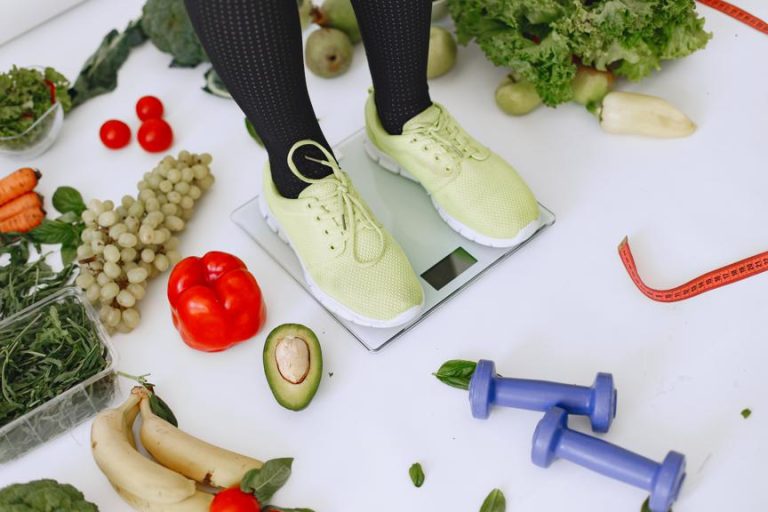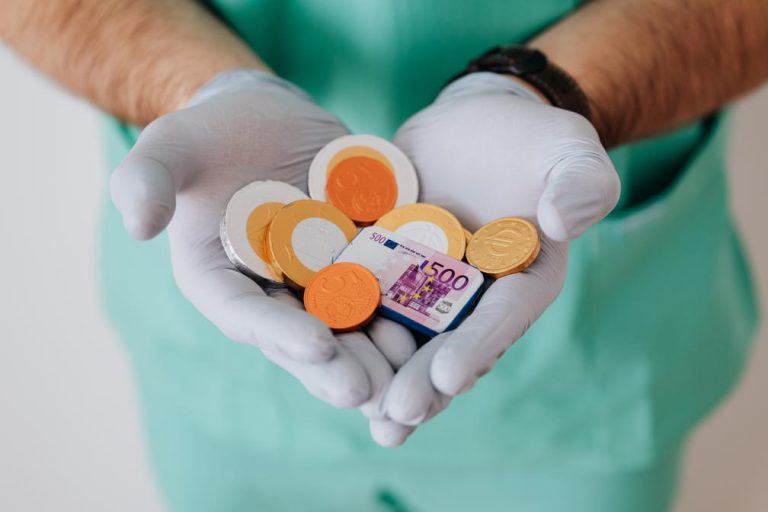6 Best Methods To Measure Body Fat Percentage
Are you looking for the best ways to measure your body fat percentage? With so many methods and techniques available, it can be hard to know which one is right for you.
In this blog, we’ll cover the 6 best methods to measure your body fat percentage. We’ll discuss the pros and cons of each method, and help you decide which one is the best for you. So let’s get started!
Body fat percentage
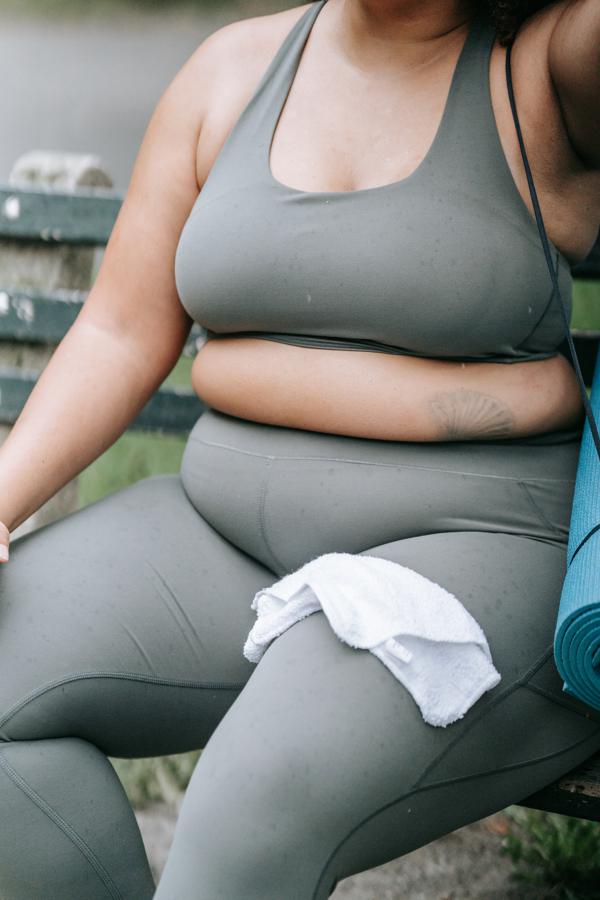
Knowing your body fat percentage can be an important part of assessing your overall health. But how do you measure it?
Fortunately, there are several methods available to help you accurately determine your body fat percentage. Here are the 6 best methods to measure body fat percentage: Skinfold Calipers: This method involves using calipers to measure the thickness of a few skinfolds.
These measurements are then entered into a formula to calculate your body fat percentage.
Bioelectrical Impedance Analysis: This method uses an electrical current to measure your body fat percentage. It is relatively quick and easy, but it is not as accurate as other methods.
Hydrostatic Weighing: This method involves weighing yourself under water. Your weight is then compared to your body’s volume to determine your body fat percentage. Near-Infrared Interactance: This method uses a light source to measure the amount of fat stored in your body. Air Displacement Plethysmography: This method involves measuring the air displaced when you enter a sealed chamber. It is more accurate than other methods, but it is also more expensive. Dexa Scan: This method uses low-level x-rays to measure your body fat percentage. It is considered to be the most accurate method, but it is also the most expensive. Whether you’re trying to lose weight or just monitor your overall health, knowing your body fat percentage is an important part of the equation. With these 6 methods, you can accurately measure your body fat percentage and make sure you’re achieving your health and fitness goals.
6 best methods to measure body fat percentage
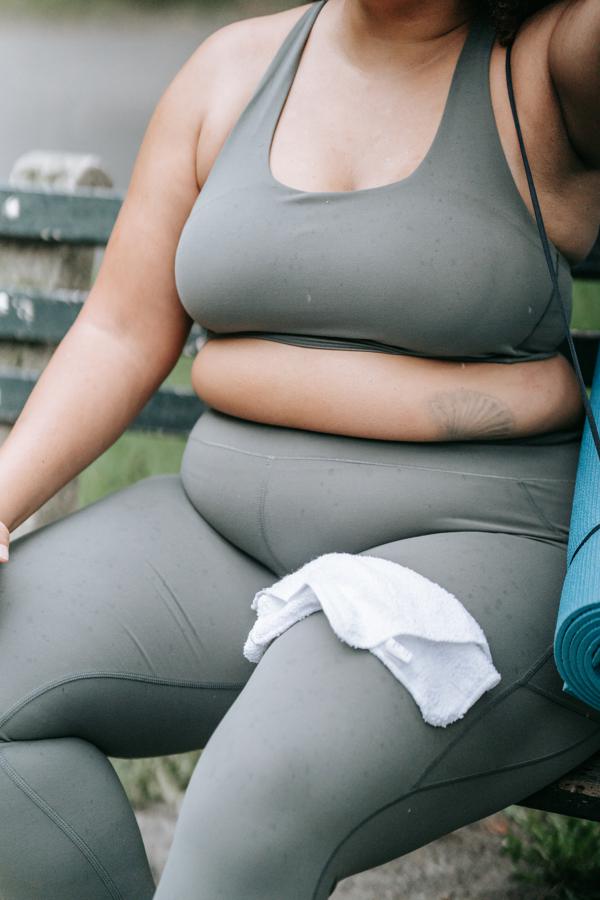
Maintaining a healthy body composition is important for overall health and physical performance. Knowing your body fat percentage is a great way to track your progress and make sure you stay within the recommended range.
We’ve put together a list of the top 6 best methods to measure body fat percentage. From hydrostatic weighing to skinfold calipers to bioelectrical impedance analysis, these methods will help you accurately measure your body fat percentage.
With each method, you’ll get an accurate and reliable measure of your body fat percentage so you can stay on track to achieve your fitness goals.
Bioelectrical impedance analysis (bia)

Bioelectrical impedance analysis (BIA) is one of the most accurate and reliable methods for measuring body fat percentage. BIA works by sending a low-level electrical current through the body and measuring the resistance of the current as it passes through body tissues.
There are several different methods of BIA that can be used to measure body fat percentage including skinfold calipers, circumference measurements, underwater weighing, dual-energy x-ray absorptiometry (DXA), and bioelectrical impedance vector analysis (BIVA). Each of these methods has its own advantages and disadvantages, but they all provide accurate results.
Knowing your body fat percentage can be useful for understanding your overall health and fitness level, so it’s important to use a reliable method for measuring it. With the six best methods for measuring body fat percentage, BIA is a great choice for getting accurate results.
Skinfold calipers
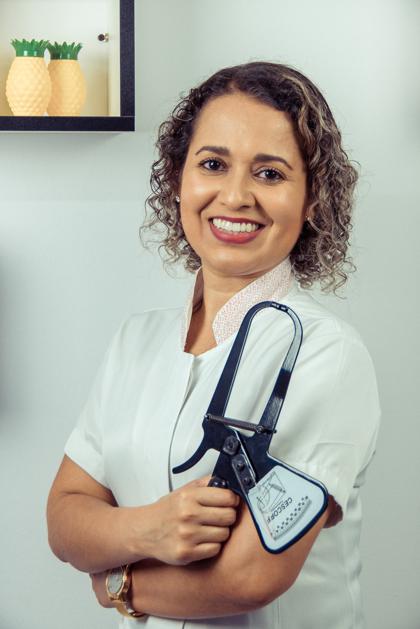
Measuring your body fat percentage is an important step in any fitness or health regimen. While you can estimate your body fat percentage with various methods, skinfold calipers are one of the most reliable ways to measure it accurately.
By using these measurements in combination with other measurements such as height and weight, you can calculate your body fat percentage with a high degree of accuracy. Here are 6 of the best methods to measure body fat percentage using skinfold calipers.
Air displacement plethysmography (adp)

Air displacement plethysmography (ADP) is one of the most reliable and accurate methods for measuring body fat percentage. It works by measuring the body’s volume, density, and composition, and then calculating the body fat percentage from this data. ADP is a simple, non-invasive, and comfortable technique that requires the person being tested to sit in an enclosed chamber and breathe normally.
ADP is a simple, non-invasive, and comfortable technique that requires the person being tested to sit in an enclosed chamber and breathe normally. ADP is considered to be one of the best methods for accurately assessing body composition and is used in clinical studies and medical research. Additionally, it is often used in fitness centers and other health-related settings to provide more precise information regarding a person’s body composition.
ADP is a great way to accurately and quickly measure body composition, and it can be used to help people set realistic health and fitness goals.
Hydrostatic weighing
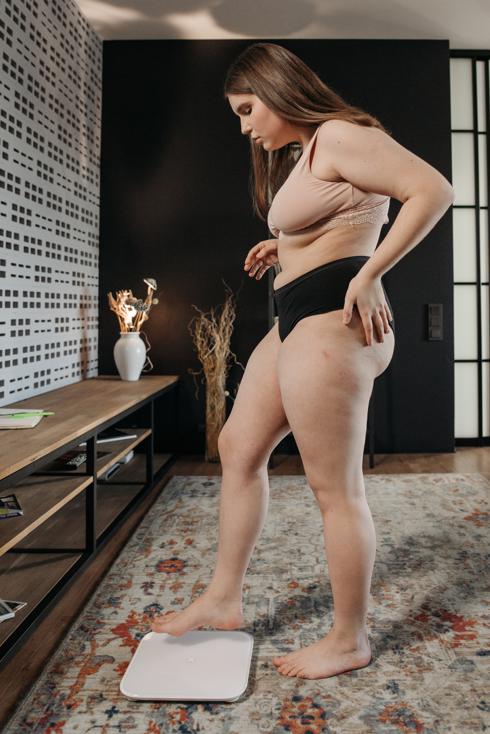
Hydrostatic weighing is one of the most accurate methods to measure body fat percentage. By taking a person’s body weight underwater and comparing it to their weight on land, the difference can be used to calculate the individual’s body fat percentage. This method is relatively simple and inexpensive, making it an ideal choice for anyone looking to accurately measure their body fat percentage.
This method is relatively simple and inexpensive, making it an ideal choice for anyone looking to accurately measure their body fat percentage. There are several other methods to measure body fat percentage, each with their own pros and cons. Here are the six best methods to measure body fat percentage: Hydrostatic Weighing, Bioelectrical Impedance Analysis, Skinfold Calipers, Dual Energy X-ray Absorptiometry, Air Displacement Plethysmography, and Circumference Measurements.
Each of these methods provides a unique way to measure body fat percentage, and can help individuals make informed decisions about their health and fitness.
Dual energy x-ray absorptiometry (dxa)

Dual Energy X-Ray Absorptiometry (DXA) is one of the best methods for measuring body fat percentage. DXA is a form of medical imaging that uses two different X-ray beams to measure the amount of bone, fat, and lean mass in the body. It is considered to be one of the most accurate methods of determining body composition, providing accurate results that are more precise than other methods.
DXA is often used to measure bone density, as well as to diagnose and monitor conditions such as osteoporosis. It is also used to accurately measure body fat percentage, as it can give a more accurate reading than other methods.
There are six primary methods used to measure body fat percentage via DXA: bioelectrical impedance analysis, dual energy x-ray absorptiometry, underwater weighing, air displacement plethysmography, calipers, and skinfold measurements. Each method measures body fat percentage in a different way, and they can all be used in combination to obtain an accurate result.
Body circumference measurement
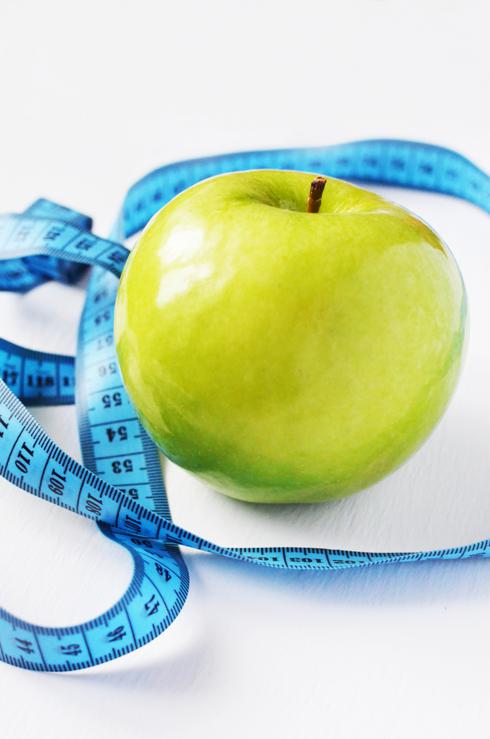
Measuring body fat percentage is an important step in maintaining a healthy lifestyle. Knowing your body fat percentage can help you better understand your body composition and make informed decisions about your diet and exercise habits. There are several methods for measuring body fat percentage, and each one has its own advantages and disadvantages.
There are several methods for measuring body fat percentage, and each one has its own advantages and disadvantages. From calipers to hydrostatic weighing to DEXA scans, here are the 6 best methods to measure body fat percentage. Calipers measure subcutaneous fat, or the fat directly under the skin, by pinching the skin with two caliper prongs.
Hydrostatic weighing, or “underwater weighing”, is one of the most accurate ways to measure body fat percentage. This method involves getting weighed underwater, and comparing the difference to an air weight measurement. DEXA scans, or Dual-Energy X-ray Absorptiometry, use low-dose X-ray to measure bone density and body fat.
DEXA scans, or Dual-Energy X-ray Absorptiometry, use low-dose X-ray to measure bone density and body fat. Bioelectrical impedance is a method that uses an electrical current to measure body fat. Skinfold testing is a method of measuring body fat percentage that uses calipers to measure the thickness of skinfolds in various areas of the body.
Lastly, 3-D body scans use advanced technology to create a 3-dimensional map of the body, allowing for specific measurements of body fat. With these 6 methods, you can accurately measure your body fat percentage and make informed choices about your health and lifestyle.
Benefits of knowing your body fat percentage

If you want to stay healthy and fit, it’s important to understand your body fat percentage. Knowing your body fat percentage can provide you with valuable insight into your overall health, as well as help you set realistic fitness goals.
There are a variety of methods for measuring body fat percentage, ranging from simple and inexpensive to more complex and costly. Here are 6 of the best methods to measure body fat percentage and the benefits of knowing your body fat percentage.
Skinfold Calipers: A skinfold caliper is a simple tool that measures the thickness of your skin folds to determine your body fat percentage. It is a relatively cost-effective and relatively accurate method of measuring body fat percentage.
Bioelectrical Impedance Analysis: This method uses an electrical current to measure the resistance of your body to determine your body fat percentage. It is a fairly accurate and easy-to-use method, but there are some factors that can affect the accuracy of the results, such as hydration levels and body temperature.
Hydrostatic Weighing: This method uses a scale and a tank of water to measure your body fat percentage. This is considered to be one of the most accurate methods of measuring body fat percentage, but it is also the most expensive and time-consuming. DEXA Scan: A DEXA scan is a whole-body scan that uses x-rays to measure your body fat percentage. This method is considered to be very accurate, but it is also quite expensive. Air Displacement Plethysmography: This method uses a special machine to measure the volume of air displaced by your body to calculate your body fat percentage. This is a fairly accurate method of measuring body fat percentage, but it is quite expensive. Bod Pod: This method uses a machine to measure the air displacement of your body to calculate your body fat percentage. This is a more accurate method of measuring body fat percentage than skinfold calipers, but it is also more expensive. Knowing your body fat percentage can help you set realistic fitness goals, monitor your progress, and make informed decisions about your health. By utilizing one of the 6 best methods to measure body fat percentage, you can make sure that you are staying on top of your health and fitness goals.
Bottom Line
In conclusion, measuring body fat percentage is a great way to track changes in your body composition. There are six methods that are most commonly used to measure body fat percentage, each with their own pros and cons.
These methods include: skinfold caliper measurements, bioelectrical impedance analysis, dual-energy X-ray absorptiometry, hydrostatic weighing, air displacement plethysmography, and circumference measurements. Depending on your goals and budget, any one of these methods could be a great choice for you.






